Mount Hua (simplified Chinese: 华山; traditional Chinese: 華山; pinyin: Huà Shān) is a mountain located near the city of Huayin in Shaanxi Province, about 120 kilometres (75 mi) east of Xi'an. It is the "Western Mountain" of the Five Great Mountains of China and has a long history of religious significance. Originally classified as having three peaks, in modern times it is classified as having five main peaks, the highest of which is the South Peak at 2,154.9 metres (7,070 ft).
As early as the 2nd century BC, there was a Daoist temple known as the Shrine of the Western Peak located at its base. Daoists believed that in the mountain lives the god of the underworld. The temple at the foot of the mountain was often used for spirit mediums to contact the god and his underlings. Unlike Taishan, which became a popular place of pilgrimage, Huashan, because of the inaccessibility of its summits, only received Imperial and local pilgrims, and was not well visited by pilgrims from the rest of China.[1] Mount Hua was also an important place for immortality seekers, as many herbal Chinese medicines are grown and powerful drugs were reputed to be found there.[2] Kou Qianzhi (365–448), the founder of the Northern Celestial Masters received revelations there, as did Chen Tuan (920–989), who spent the last part of his life in hermitage on the west peak.[3] In the 1230s, all the temples on the mountain came under control of the Daoist Quanzhen School.[4][5] In 1998, the management committee of Huashan agreed to turn over most of the mountain's temples to the China Daoist Association. This was done to help protect the environment, as the presence of taoists and nuns deters poachers and loggers.[6][7][8]
The cult of Mount Hua experienced a significant flourishing, particularly during the Tang dynasty (618–907). This was a time when Mount Hua held great importance as it served as the midpoint along the road connecting the two capital cities of the dynasty, Chang'an and Luoyang. From the time of the Han dynasty (206 BC – 220 AD) onward, Mount Hua has been revered as one of China's five sacred mountains and has received offerings as the Western Marchmount. During the Tang dynasty, Emperor Xuanzong officially designated Mount Hua as the sacred mountain of the Tang royal family, bestowing upon its revered deity the prestigious title of the "King of the Metal Heavens".[9][10][11]
Numerous renowned figures from Chinese history, including Qin Shihuang, Tang Taizong, and Sun Yat-sen, have visited Mount Hua. An ancient saying among Chinese scholars has been passed down through generations: "If you do not visit Huashan, you are not a true hero, and if you do not visit Huayue, your life is in vain." This saying reflects the esteemed status and profound influence of Mount Hua within Confucianism.[12]
It is also seen as a sacred place in Taoism.[13][14] As Ian Johnson wrote in an article exploring the search for Dao in China for The New York Review of Books, Mount Hua "is one of Daoism's five holiest sites, with near-vertical ascents that in the past were only accessible by stairs cut into the rock face and chains slung down as handrails."[15][16]
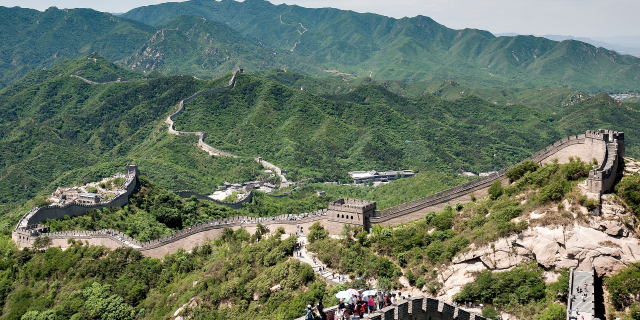

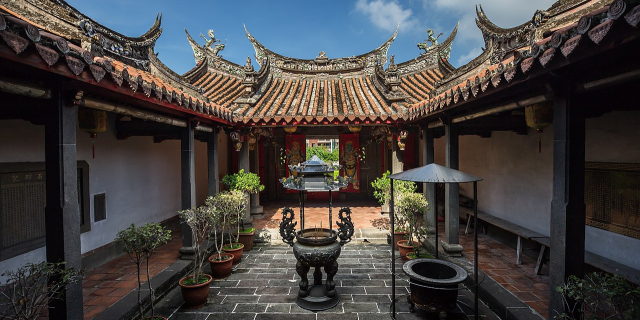












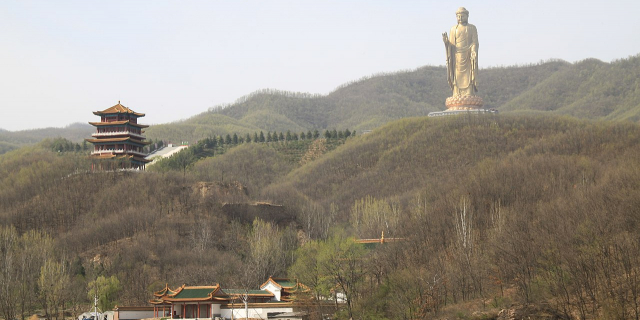

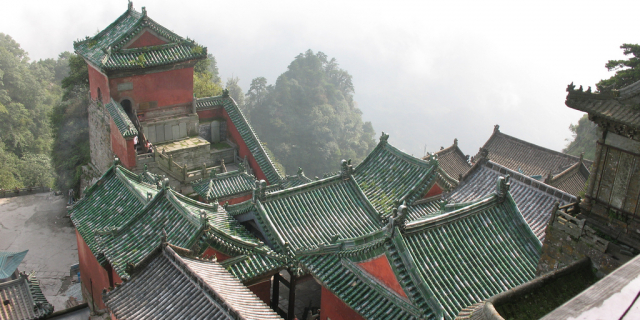





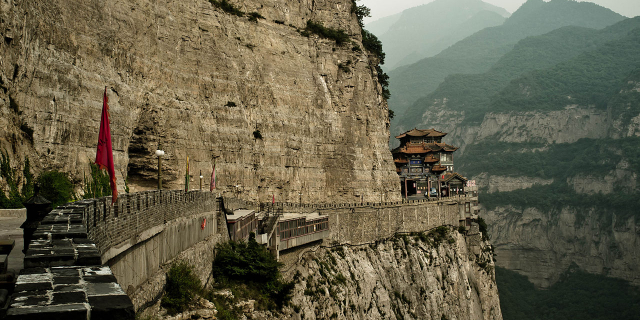



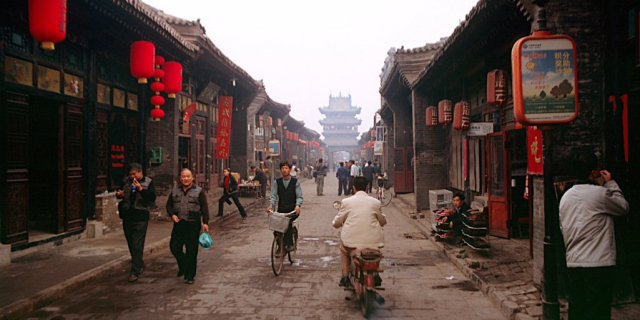

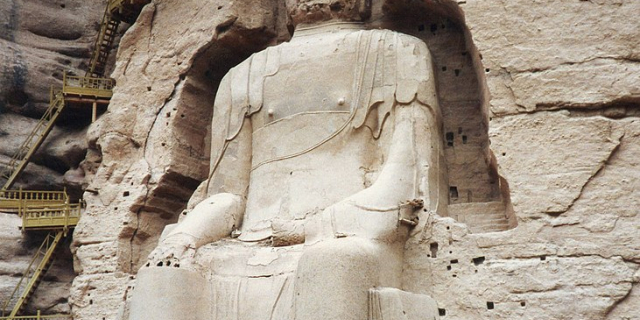


Add new comment